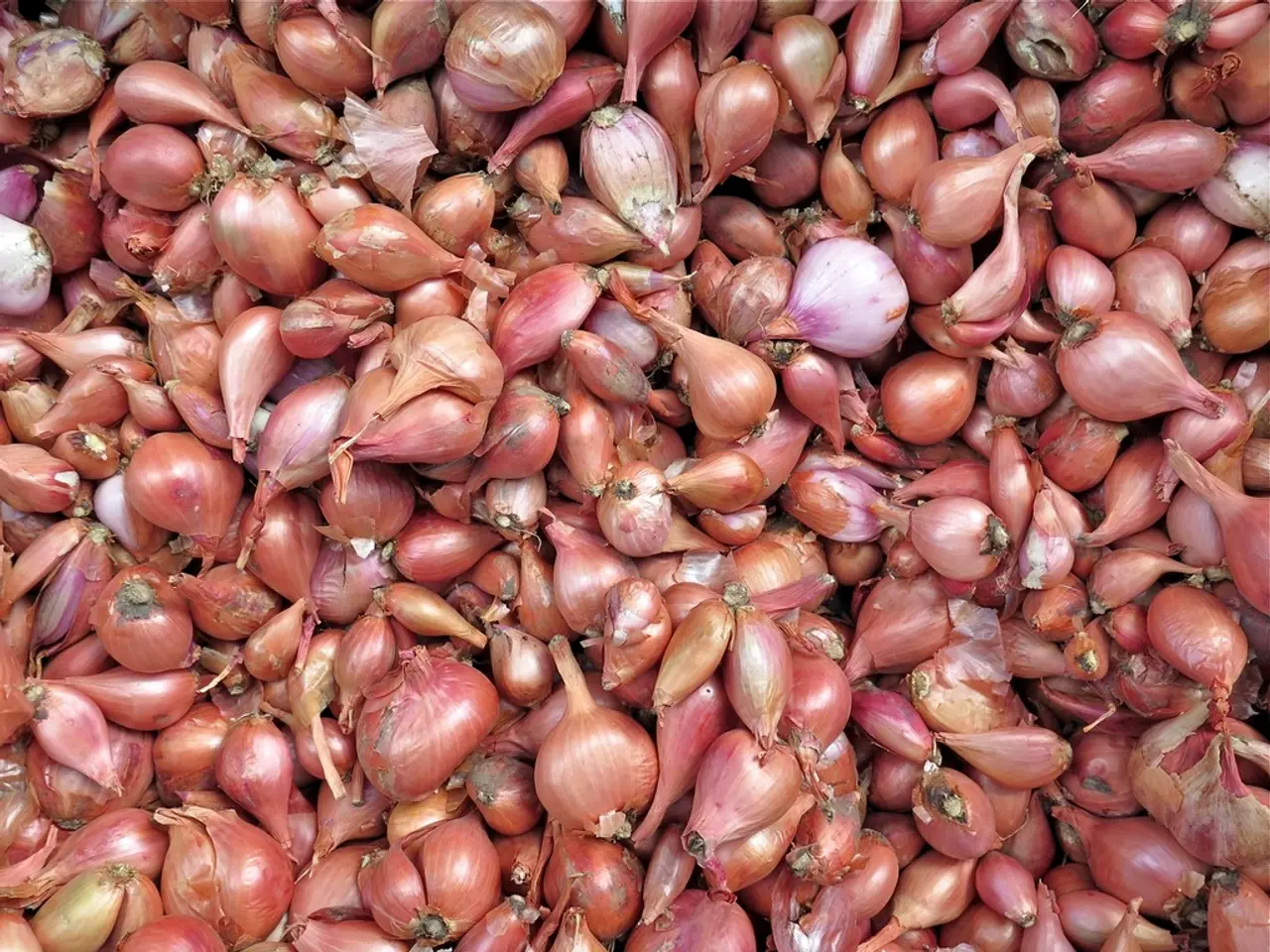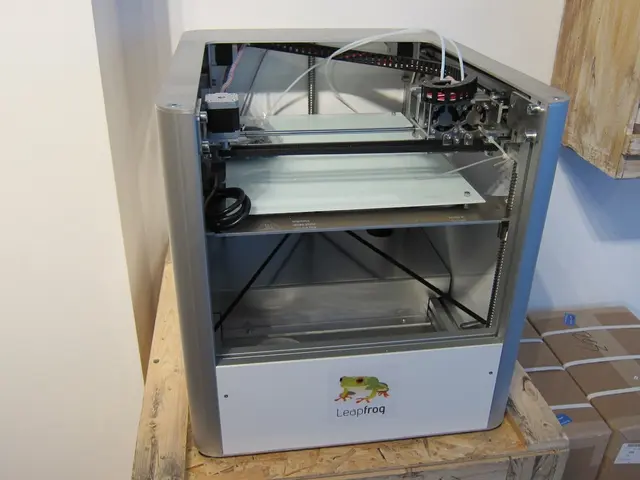Guidelines for Onion Cultivation: A Comprehensive Guide
In the world of gardening, onions are a staple crop that can be grown both in spring and autumn. To ensure a successful harvest, it's essential to choose the right onion sets suitable for your planting season. Here's expert advice on selecting the best onion sets for autumn and spring planting.
### 1. Choose the Right Variety for Your Planting Season
For Spring Planting: Look for popular varieties like the Onion Stuttgarter Giant, which has flat-shaped, yellow-skinned bulbs, produces excellent yields, and stores well. These are usually planted in mid-spring for harvest from late summer to early autumn [1][3][4].
For Autumn Planting: Some onion sets are specially heat-treated to resist bolting and can be planted in early autumn for an earlier harvest next summer. Sets suitable for autumn planting include varieties like Troy F1, Sturon, and Red Karmen, which are adapted to English gardens and similar climates [2][3].
### 2. Look at Bulb Size and Storage
Choose onion sets with bulbs about 3/4 inch in diameter. Larger bulbs tend to develop stiff necks and bolt (go to seed) prematurely, which reduces yield and storage life [4]. Sets generally don’t store as well as onions grown from seed or transplants, so plan to use them relatively soon after harvest. Autumn-planted sets often bolt less and may store better because of cooler growing conditions [3].
### 3. Consider Growing Conditions and Region
Onions are shallow-rooted and need consistently watered soil and careful weed control [3]. Choose varieties suited to your daylight length and temperature conditions. For example, short-day onions like Stuttgarter Giant are better in milder climates or more southern latitudes, while long-day onions like Walla Walla (grown from seed) are suited to northern regions [4][5].
### 4. Purchase Quality Sets
Buy from reliable seed companies offering quality, disease-free sets with good flavor and high yield potential, such as Mr. Fothergill's or GrowSeed, which provide detailed product descriptions and planting advice [1][2][3]. Packs typically contain about 70 sets per 250g, sufficient for a small garden [1].
### 5. Planting Tips
Plant onion sets just with the tips poking above the soil, spaced 2-4 inches apart depending on desired bulb size [3]. For autumn planting, aim for early autumn to give plants a head start for next year’s summer harvest [3].
---
**Summary Table: Choosing Onion Sets for Autumn vs. Spring**
| Factor | Spring Planting | Autumn Planting | |----------------------|---------------------------------------|-----------------------------------------| | Varieties | Onion Stuttgarter Giant, Troy F1 | Troy F1, Sturon, Red Karmen | | Bulb Size | About 3/4 inch | About 3/4 inch | | Planting Time | Mid-Spring | Early Autumn | | Harvest | Late Summer to Early Autumn | Up to 2 months earlier next summer | | Storage & Bolting | Good keeping, moderate bolting risk | Heat-treated varieties resist bolting | | Growing Conditions | Warm, weed-free soil with watering | Cooler soil, careful watering & weeding |
By selecting the right variety for your climate and planting season, ensuring proper bulb size, and purchasing clean, healthy sets from reputable suppliers, you can maximize your onion harvest whether planting in autumn or spring [1][2][3][4].
Remember, never harvest onions before their leaves have turned yellow and stopped growing. Water well during dry spells and remove any flower heads that appear to promote bulb development. Happy gardening!
Incorporating companion planting in your home-and-garden lifestyle, consider pairing onions with flowers like marigolds or dill. These plants help deter pests and improve overall growth [6].
For instance, if you practise 'strip crop' companion planting, arrange your onion beds alternately with marigolds or dill to provide a balanced ecosystem in your garden [7]. By adopting such strategies, you can enhance your gardening lifestyle while ensuring a successful onion yield season after season.




